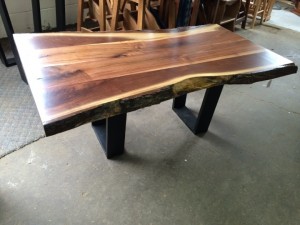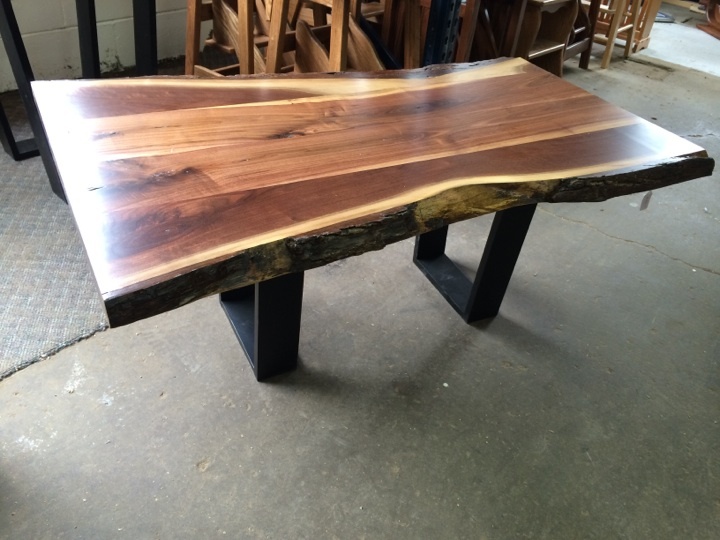Judging whether or not a solid wood piece of furniture is of a high or low quality does not take an expert. There are simple details that can be examined, such as the material used for construction, the method in which the piece was built, and the final finish of the piece to determine its quality. Use the following advice from About.com to help you decide whether or not you want solid wood furniture in your home.
Source of the Wood
Different woods offer different ranges of durability and longevity. Hard, soft and engineered woods are the three types that are used to build your furniture.
Hard woods include oak, mahogany, walnut, and cherry among others, and all come from deciduous trees. These are the types of wood that are generally considered when referring to hardwood furniture and offer the most durability and potential for heirloom quality.
Soft woods are made from coniferous trees and include woods such as redwood, pine, and fir. These woods can offer a quality product but are more prone to scratches and denting when compared to their hardwood counterparts. Because of this, they require a higher level of care and upkeep.
Some of the furniture that is available in today’s market is not made of solid wood at all. These woods are referred to as engineered woods and will generally be cheaper than hard or soft woods. Engineered wood does not possess the same quality of solid woods but for the right consumer can offer a strong and long lasting piece of furniture.
Construction of the Furniture
The manner in which a piece of furniture has been constructed contributes not only to quality but to its aesthetic appeal as well.
Two of the oldest and most successful ways of putting furniture together are the mortise and tenon and dovetail methods. These methods allow of optimum sturdiness and some of the best looking joints. The best joints will never be stapled and will not allow for glue to be visible outside of the joint.
For furniture with drawers, they should glide in and out of the piece smoothly with no hang ups along the way. There will also be stops so that the drawer does not fall out of the furniture if pulled too far out. How well a drawer is able to be pulled out of a desk or file cabinet is very important, as it can determine the functionality of the overall piece.
If you want to check for sturdiness and quality of construction on a piece, make sure that it is level with the ground and then try rocking it from side to side. If it squeaks or wobbles there may be some defect in the furniture.
Finish on the Furniture
Aesthetics are just as important as quality in many cases, so the finish on a piece of furniture really matters. To achieve an optimum look, a piece must be sanded, stained, then finished and skipping any of these steps can reduce the aesthetic quality of the furniture.
Furniture that has been sanded should be smooth without any rough patches. When inspecting the finish, look at it from various angles to spot blemishes or any scratches.
A quality stain job will add color to the wood and give it more character. There will be no dark spots and the color will be even. All of the ends and side of the furniture will match the same tone.
To finish the furniture is the last step. Finishes can go from high-gloss to matte, but will all be smooth without bubbles or rough spots. High quality furniture will have a finish on the underside as well as the back. This reduces the opportunity for shrinking or swelling. Some key signs in poorly finished furniture are a rough surface, splintered edges, dents or scratches, dull spots, or a cloudy surface that masks the natural wood grain.







Mayo Furniture Made in the Heart of Texas
American Made Furniture
Solid Wood: Customization and Attention to Detail